Recently, a robot made independently by an 18-year-old high school student has gone viral.
It can help carry bags, track objects both indoors and outdoors, and even follow in the dark without any issues; it can even be used as a ride.
From principle determination, shape design, circuit connection, to code writing, the entire process of creating a robot from scratch was completed by the 18-year-old high school student “Ling Shiqi” alone.
Ling Shiqi stated that he initially wanted someone to help him carry equipment (like tripods and cameras used for video recording), but later realized that this task could be “done without human intervention,” so he decided to make an automatic cargo vehicle.
However, for a high school student, it required self-learning of all technical knowledge from programming, circuits to automatic control. After 200 days, he finally created this “bag-carrying, all-scenario following” lazy robot!
Ling Shiqi said, “The robot is the first light illuminating my life path.” Enjoy:
Source / Quantum Bit (ID: QbitAI)
Bowen Xiao from Aofeisi
It’s hard to imagine that this is a robot made independently by an18-year-old high school student!
It can track both indoors and outdoors:
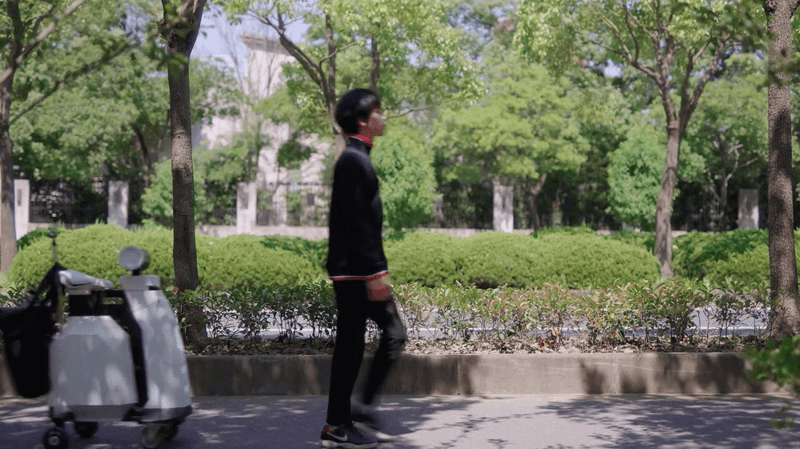
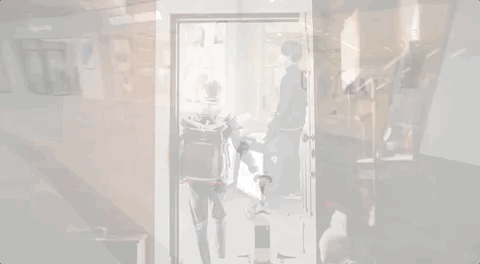
It can even follow in the dark without any problems:
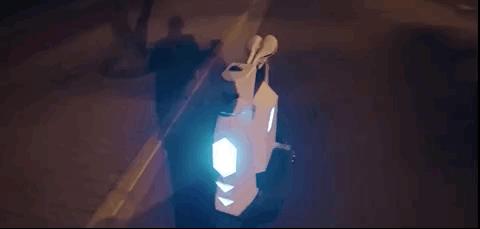
It can also be used as a ride without any issues:
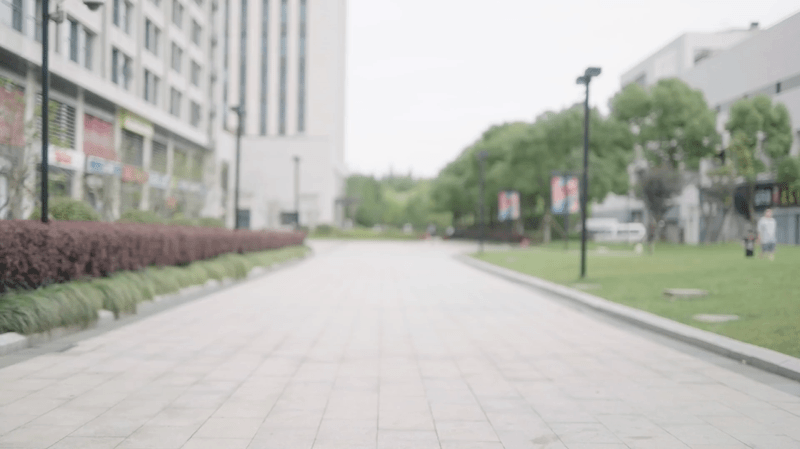
Principle determination, shape design, circuit connection, code writing, all work took 200 days.
Moreover, it was allcompleted by a Bilibili Up master named Ling Shiqi!
The video garnered nearly a million views in less than three days.
Originally, the self-directed robot story and the hardcore DIY robot process were already eye-catching enough.
At the end of the video, the Up master even took out an instrument and performed a song for this project, directly igniting the barrage:
What else can’t you do?
Hexagonal warrior!
Treasure boy?!
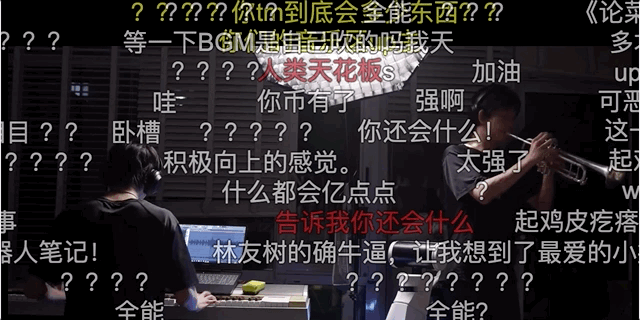
From programmer to director to music enthusiast, seamlessly switching between multiple identities!
What kind of Up master is this?
What kind of robot is this?
1
From modeling to production, fully self-designed
What kind of robot does he want to make?
Ling Shiqi provided his standards:
Steel structure, plastic shell.
Can follow, can run, can carry things, can pull along, and importantly… can sit.
After drawing the design, the 18-year-old boy pondered: feasible.
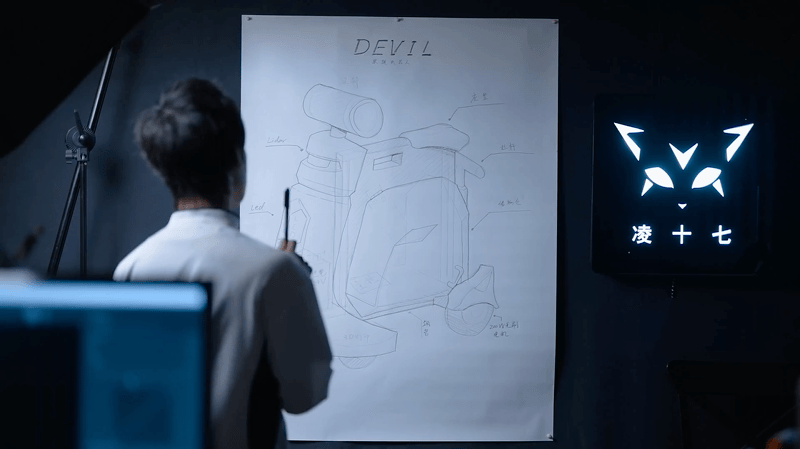
Then let’s start,Step one: modeling!
Let’s feel the workload of this modeling:
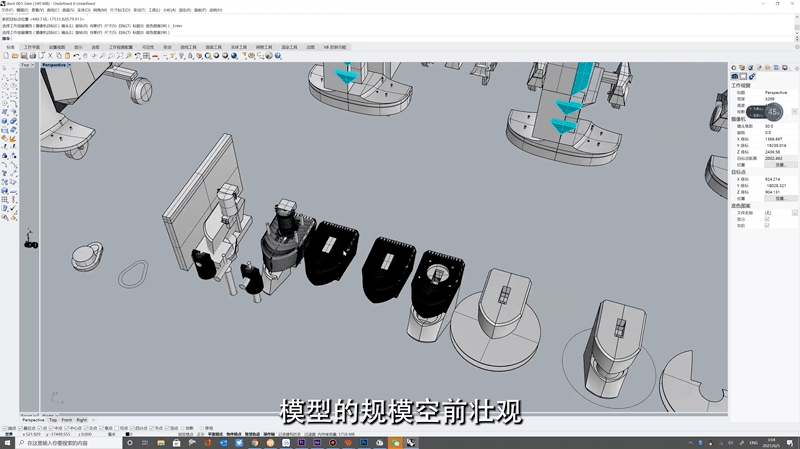
Looking closely, the entire body design is not a rough and straightforward geometric shape, but is ergonomically designed, considering stability and practicality:
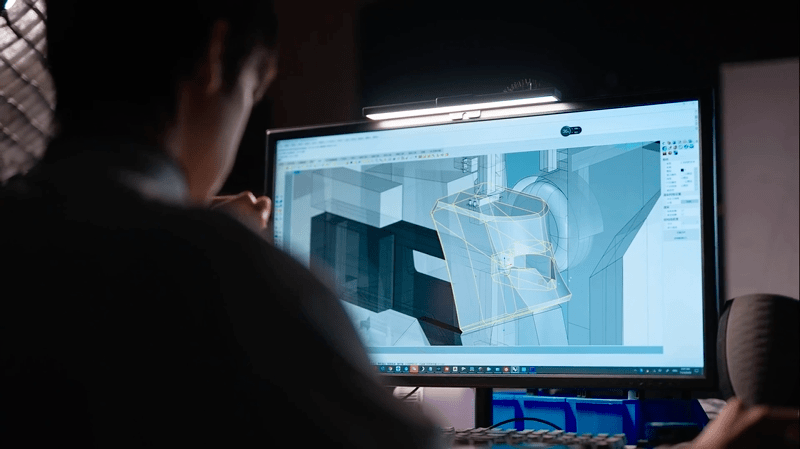
After modeling is complete, the next step isthe level of baldness that rivals modeling—shell production.
To bring the model from the computer to reality, Ling Shiqi chose to use water-wash resin for 3D modeling.
This sounds like it doesn’t require much operation; just sit in front of the machine and wait for the finished product:
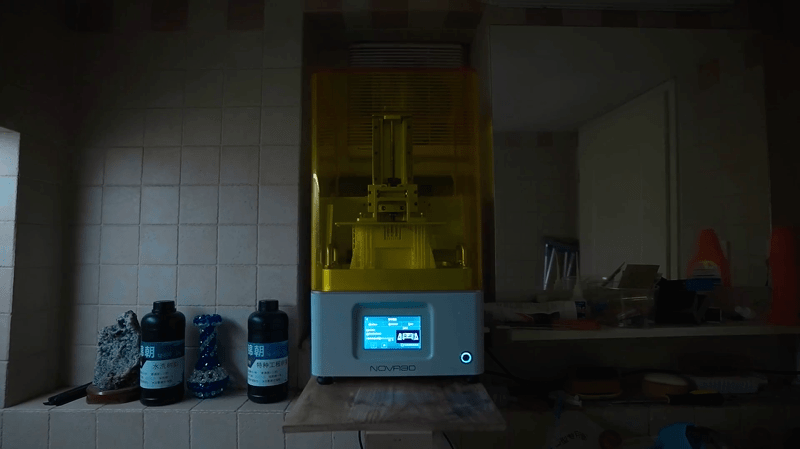
But in practice, there are many problems:
-
Using water-wash resin as printing material may lead to cracking issues -
When the finished shell is too thin, it can lead to more severe deformation, making installation impossible -
Oversized components have very high assembly precision requirements
There are no shortcuts in this process, only repeated attempts, adjustments, and re-attempts.
The shape is formed, and the next step is to apply filler to the components.
This process can fill in the unevenness of the printed surface while unifying the base color.
Then comes the final step of exterior production, painting:
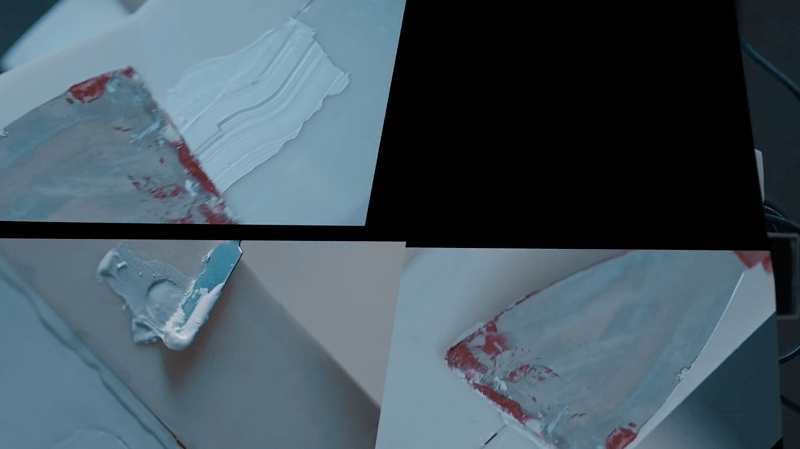
Now, the “very low technical content, very boring and time-consuming” shell production stage is complete.
Now let’s look at therobot’s eyes, which Ling Shiqi chose to use2D laser radar:
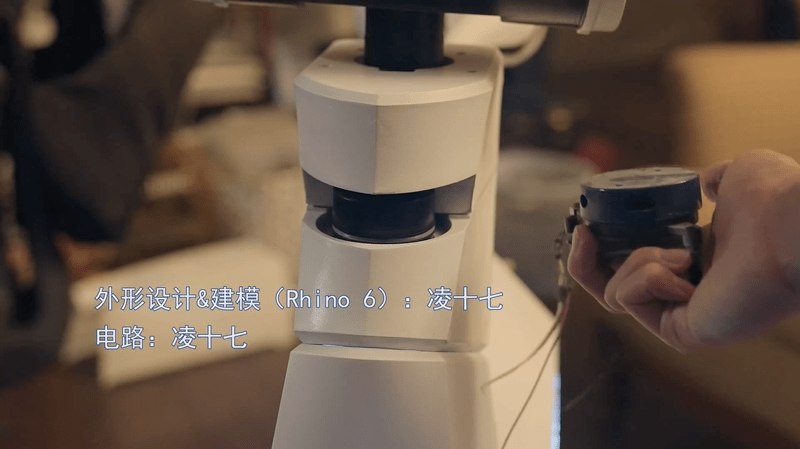
He used two radars in total, and rewrote the unpacking algorithm according to the communication rules.
Next, it’s time tomake the robot’s heart!
Ling Shiqi chose amicrocontroller as the main control device to control the brushless motors and servos, and to make the final judgment on remote control, driving, and following speed and direction:
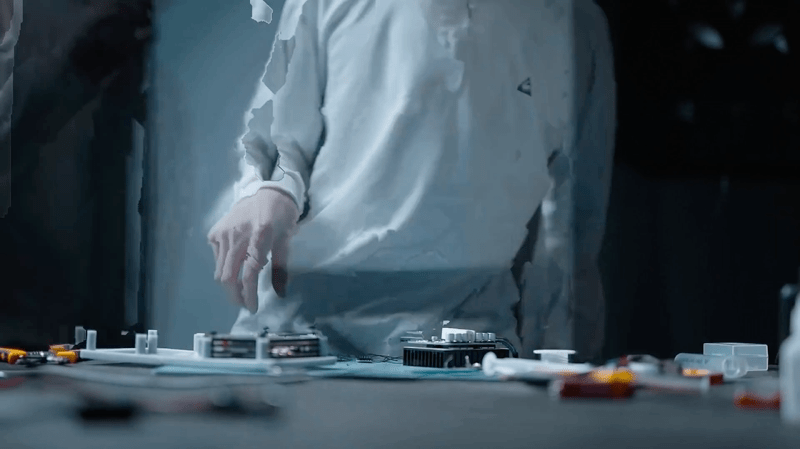
Then he used a Raspberry Pi as the tracking algorithm output device, transmitting data to the microcontroller via serial:
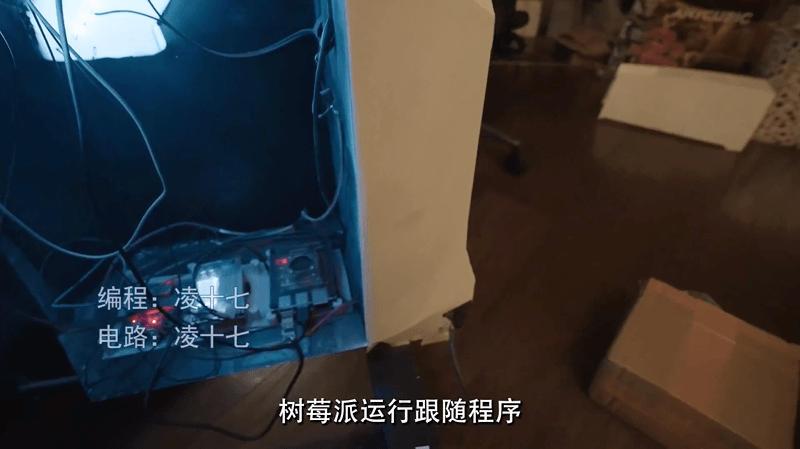
Both the microcontroller and Raspberry Pi are powered by a unified 10A step-down module.
However, since the current provided by the Raspberry Pi USB is very small, and the radar is powered directly from the USB port, it often fell into a state of infinite reboot at first.
Therefore, Ling Shiqi separately routed the circuit power supply voltage (VCC) in the radar to 5V, solving this problem.
As for thecomplete tracking function, Ling Shiqi used a total of250 lines of codeto achieve it.
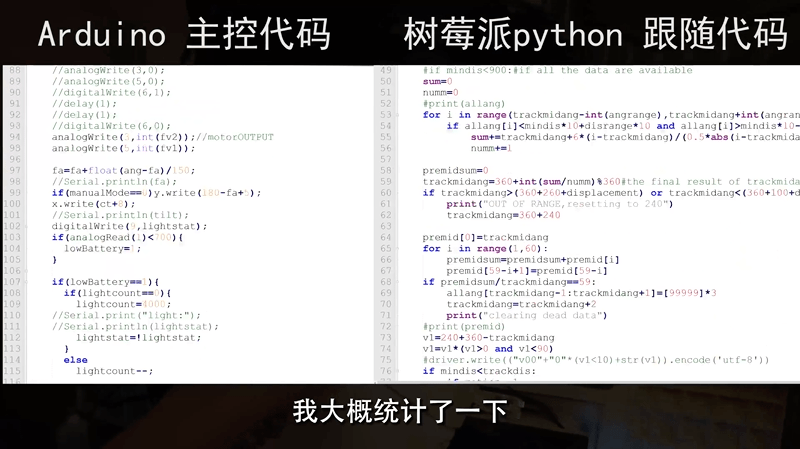
Compared to shell production, code writing can be considered “very technical, very interesting, and time-consuming”.
After all, among the issues listed at the end, examples from the programming aspect are the most numerous:
It has to track targets outside the hardware support range, thus limiting the tracking angle, and re-seeking the target once exceeded;
It has to prevent running wildly when losing the target, so a program was used to stop tracking when the detected target distance is too long;
It also needs to communicate with the microcontroller in a timely manner to prevent excessive communication from losing data, as well as a nonlinear steering algorithm…
Ultimately, the functions mentioned in the design drawing have basically been realized.
In addition to the functions mentioned at the beginning, it can also store things without any issues:
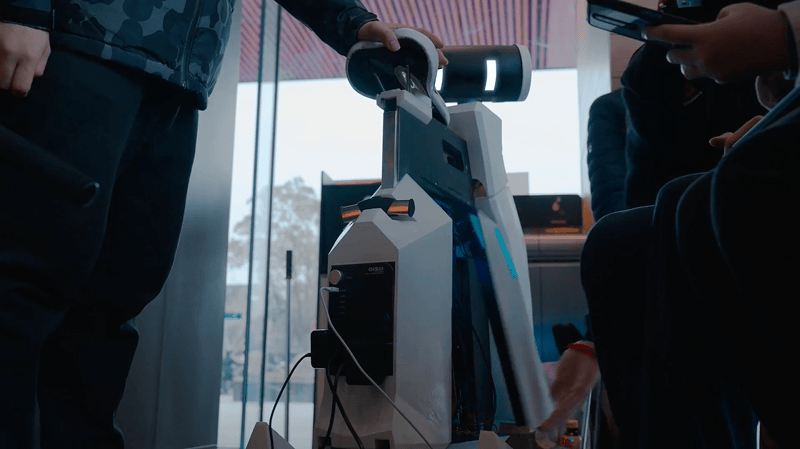
Standing on his very convincing messy ground, Ling Shiqi stated:
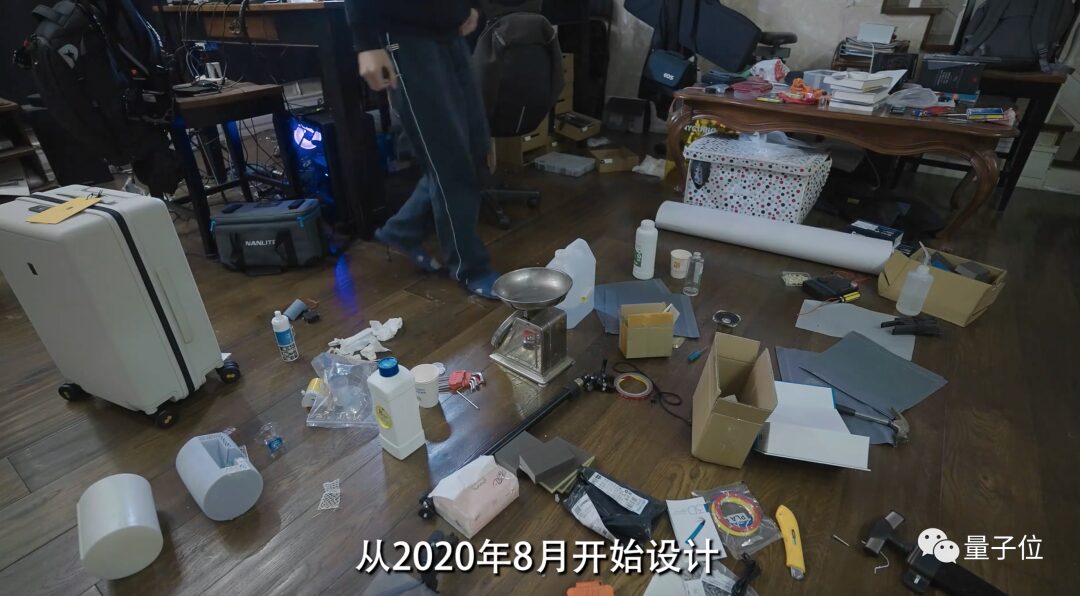
This is the most difficult project I have developed in my life so far.
2
The Story Behind the Robot
Indeed, creating a robot from scratch may not be difficult for students majoring in robotics, butfor a high school student, it requires self-learning all technical knowledge from programming, circuits to automatic control.
On the software side, all programs and hardware codes need to be debugged and optimized by himself, and the bugs fixed in the algorithms can be said to be “countless”:
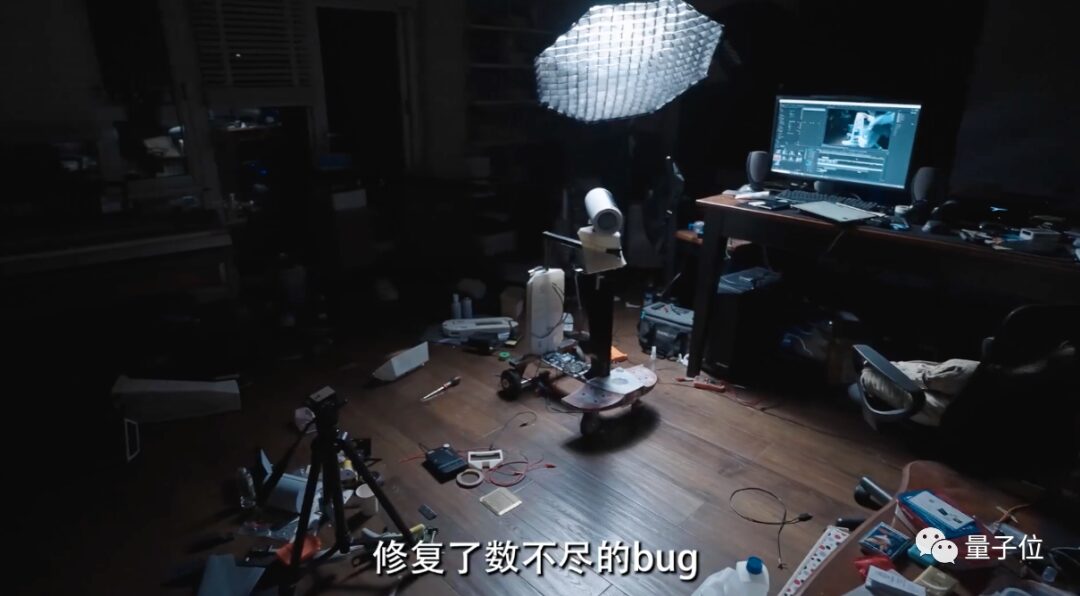
On the hardware side, while modeling the body, Ling Shiqi specifically learned related design methods:
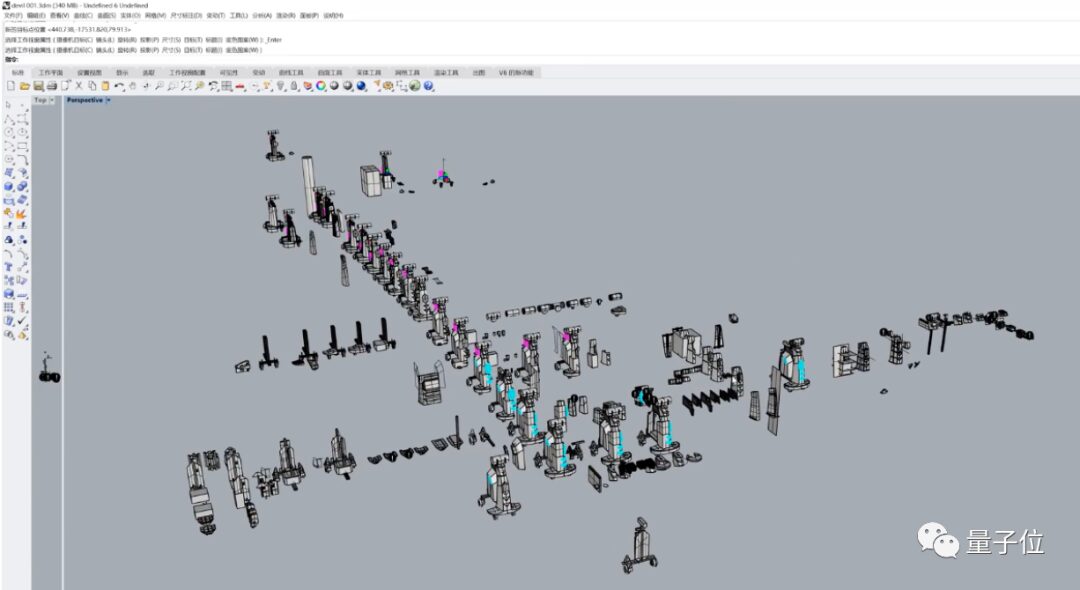
But when doing it himself, just the shell design, which “looks like it has no technical content,” took a considerable amount of time, and several shells were damaged:
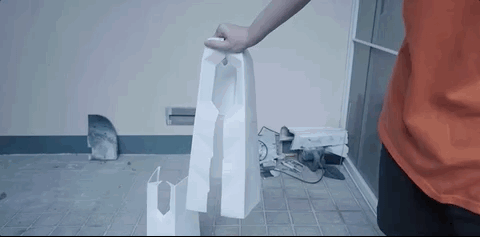
Imagine how many replacement parts were needed in modeling and design, apart from the shell.
Ling Shiqi himself also stated that the waste parts produced even “could build another robot”:
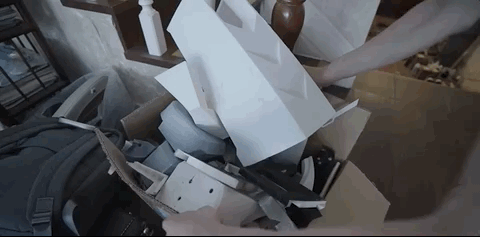
After finally getting it right, the robot broke once again.
Design began in August 2020, production in October, but during outdoor filming in December, the robot’s “head” accidentally fell off.
Due to the servo at the neck connection being very unreliable, it was initially just placed on the robot body and could be easily removed, leading to no issues during home experiments, but it couldn’t hold up on uneven ground, eventually breaking.
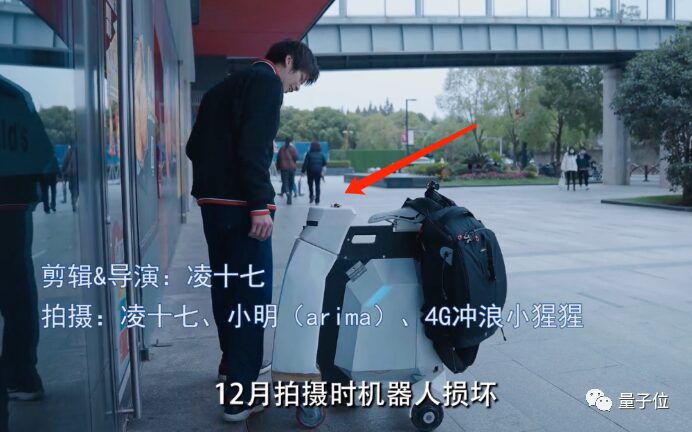
After learning about this situation, Ling Shiqi improved the robot’s structure, fixing everything with screws, and similar problems did not occur again.
However, it was also because of this incident that the project was forced to pause for a while; later, nearly 1/3 of the robot’s shell was dismantled and remade, before it was completed around April 2021.
Of course, it wasn’t just the shell that was adjusted; the software was also upgraded.
On the radar, three or four algorithms were added, mainly to optimize communication and eliminate ineffective data from the radar, and several were to rule out misleading situations that might occur during tracking, or situations that severely affect operational performance;
On the driving algorithm, parameters were also adjusted and optimized, but this operation was not standardized; basically, it was trial and error. If it were a more formal project, it might be calculated with a proper model before programming.
All algorithms were written by Ling Shiqi himself, without referring to other algorithms:
After all, I have never seen similar products, and when determining the principles, I had already thought of the logic in my mind, so I didn’t think about looking for someone else’s code.
After 9 months of polishing, the robot is relatively excellent in all aspects, but for Ling Shiqi, there are still areas for further improvement.
On one hand, the robot cannot express emotions; all expressions in the videos are added in post-production, i.e., special effects production.

Ling Shiqi stated that he originally wanted to outsource the special effects, but found that the outsourcing capabilities were insufficient, and the produced effects were too poor… so he learned to do it himself, and the results were indeed better.
Of course, directly displaying expressions is also possible; it’s just that “there are already very mature algorithms on the market,” so he didn’t consider it as a “highlight” for the robot.
On the other hand, the robot itself has poor physical stability; the obstacle avoidance algorithm using two generations of laser radar is also affected by lighting, resulting in performance not meeting expectations, and outdoor performance is not good enough.
If there’s time to optimize further, Ling Shiqi plans to combine the two laser radars with a camera to make outdoor tracking more stable.
As for why he wanted to make this robot?
Ling Shiqi stated,Initially, I wanted someone to help carry equipment (like tripods and cameras used for video recording), but later realized that this task could be “done without human intervention.”
If I could make an automatic cargo vehicle that could also act as a driver, wouldn’t that be great?
Although a huge amount of energy was indeed invested in the later stages, the completion effect is still very good.
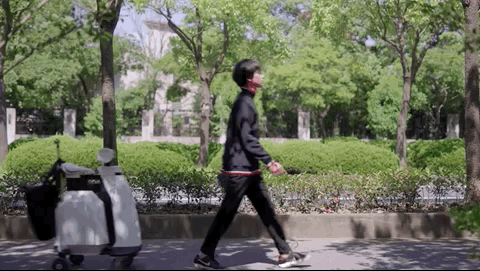
The robot Xiao D (Devil) got its name from a song called “Devil Swing(Remix).”
It is also because of this project that Ling Shiqi is determined to change his major from electronic engineering (having already been admitted to Georgia Tech) to study AI and robotics.

△ The major he originally wanted to study
In an interview with Quantum Bit, Ling Shiqi stated that through this project, he realized that algorithms might dominate in the future, so he wants to focus more on programming.
3
“I Want to Change My Major to AI & Robotics”
Ling Shiqi comes from Shanghai Normal University Affiliated High School, and for the first 16 years, like other middle school students, he “basically spent his time coping with exams”.
In his first year of high school,Ling Shiqi was introduced to robotics through competitions, opening the door to a new world.
In the video, it can be seen that in addition to winning first prize in the “Comprehensive Skills in Robotics” and “Electronic Control Projects” competitions, Ling Shiqi also invented a “remote control device for special laser positioning applications,” and won multiple awards.
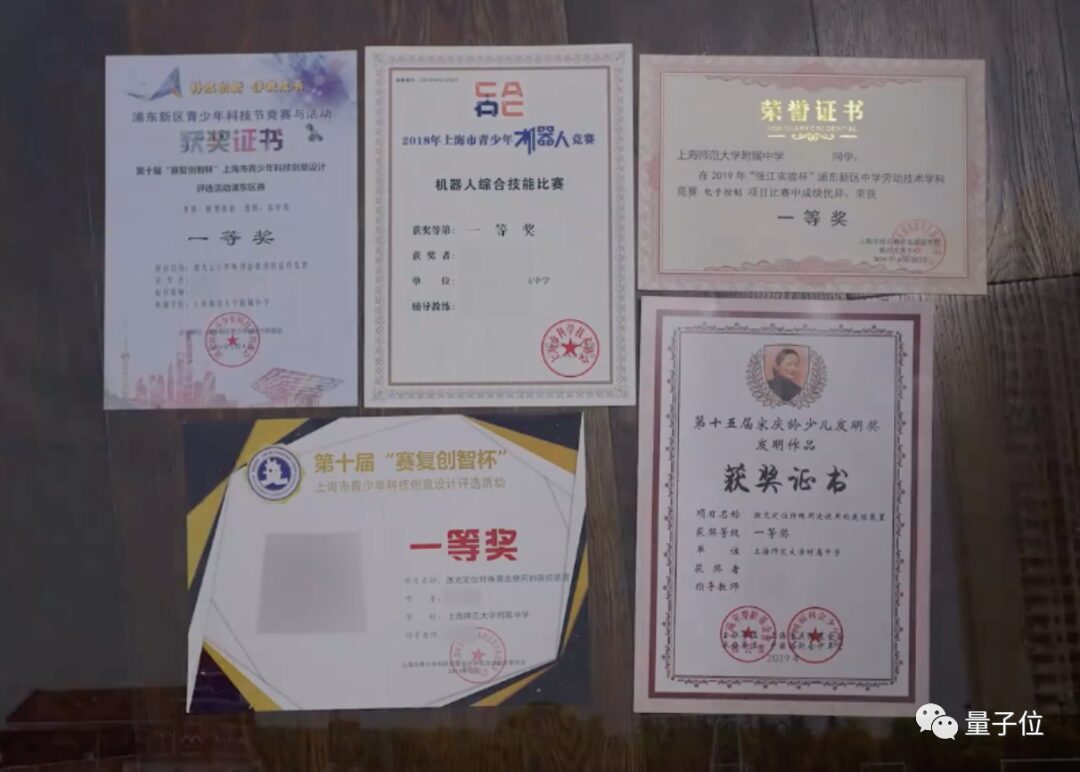
Ling Shiqi stated that although these competitions “are not very valuable,” they successfully ignited his interest in robotics:
When I first discovered that I could make things outside of myself operate according to my will, how moving and shocking it was, it felt like nothing had ever been so meaningful.
The robot is the first light illuminating my life path.
He began uploading videos in 2019 and made a small knife with a circuit that can light up in early 2020; the view count surged from tens of thousands to over a million:
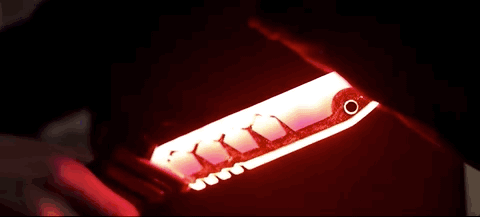
In the next video, the knife evolved into a lightsaber that can shoot fire and change colors, with views reaching 200W+, solidifying his reputation as a “handmade UP master”:
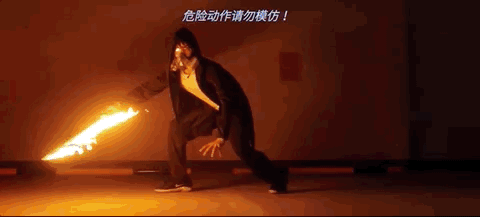
After that, the robot Xiao D took 9 months to create, and it was now 2021.
During this period, Ling Shiqi once had the thought of giving up, “feeling that if I continued, I would lose my sanity,” but ultimately persevered.
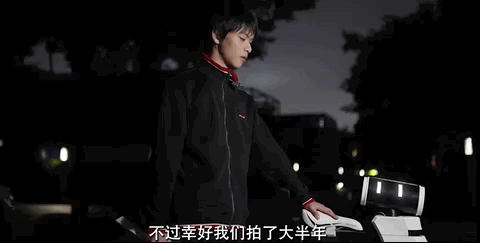
It was also during this project that he found the direction for his future progress.
For this robot, many influencers passionately shared it:

Bilibili’s official account also warmly encouraged him:

It is worth mentioning that Ling Shiqi’s skill set is not limited to robotics, directing, and playing the piano; according to his high school classmates, skills such as drawing, arranging music, etc., have also been developed.
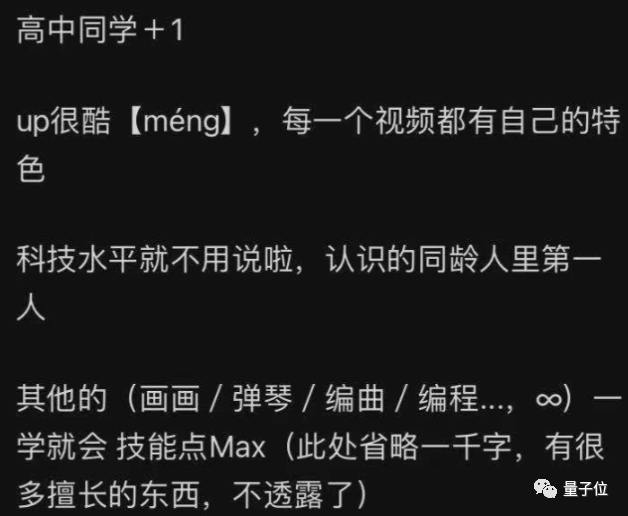
For the future, Ling Shiqi stated that he is more likely to start a business, create products, or engage in creative work. If he enters research, he will likely want to study general artificial intelligence (AGI).
Although this robot has not yet involved AI-related algorithms, Ling Shiqi stated that he plans to start learning from CV and create some related AI projects, such as object and shape recognition algorithms.
What kind of sparks will he create in the AI field?
Let us wait and see.
Video link: https://www.bilibili.com/video/BV1s44y1173e
Maybe you also want to see:
